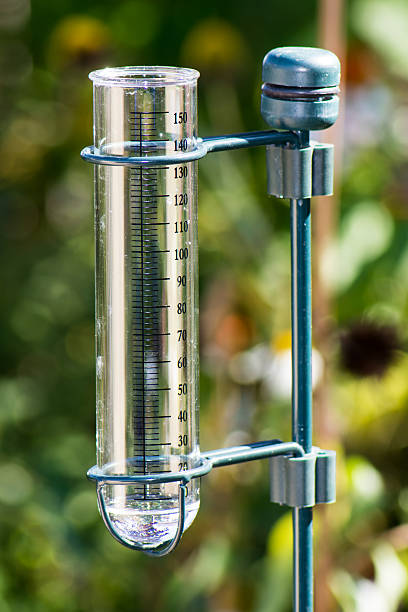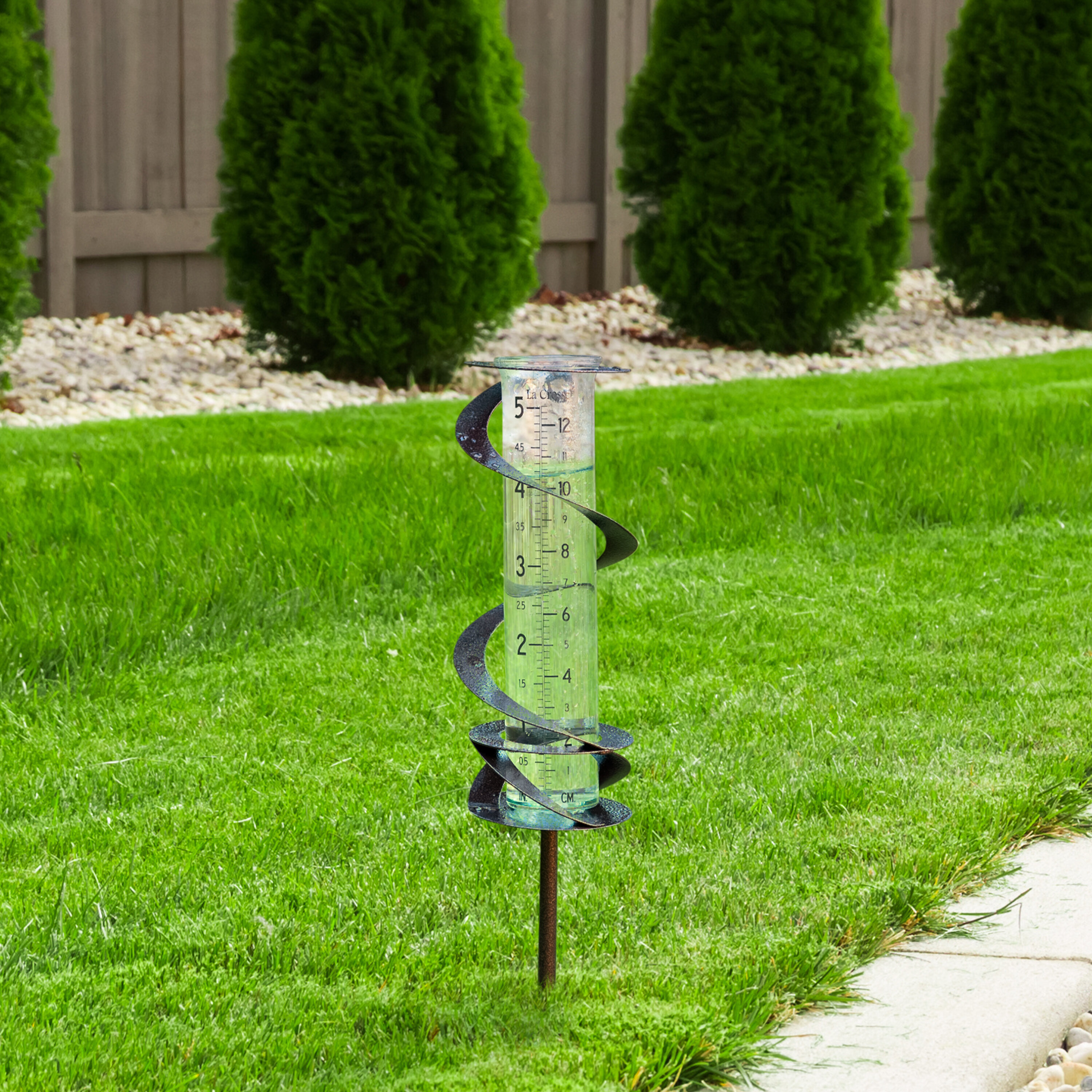The Rain Gauge: Enhancing Agricultural and Environmental Checking Initiatives
The Rain Gauge: Enhancing Agricultural and Environmental Checking Initiatives
Blog Article
How to Choose the Right Rain Gauge for Accurate Rain Data
To get dependable measurements, it is necessary to choose the best rain gauge. Thinking about aspects such as location, type, and accuracy of the rainfall scale will certainly aid ensure exact data collection. Additionally, understanding the maintenance and calibration treatments will add to the longevity and reliability of your rain scale.
Importance of Picking the Right Rainfall Gauge
The significance of choosing the appropriate rain gauge depends on obtaining precise and reputable rains information for accurate atmospheric evaluation. Rain information is critical for a large range of applications, including climate projecting, hydrological modeling, and environment research study. Unreliable or undependable information can cause erroneous final thoughts and flawed decision-making procedures.

Second of all, the precision and accuracy of the rainfall scale are critical. The gauge should be able to determine rainfall with high precision, capturing even little quantities of precipitation precisely.
In addition, the place and setup of the rainfall gauge are crucial factors to consider. It ought to be placed in an open area, away from blockages that could impact rainfall measurements. The scale ought to be placed at an appropriate elevation and angle to avoid spilling and guarantee proper catchment of rainwater.
Elements to Consider When Selecting a Rain Gauge
When picking a rainfall gauge, there are numerous key aspects to consider. There are various kinds offered, including standard rainfall evaluates, tipping bucket rainfall determines, and considering rainfall gauges.
An additional element to take into consideration is the product of the rain scale. Rain evaluates can be made from various materials, such as glass, plastic, or metal. The material selected need to be resistant and durable to weather conditions, ensuring that the rainfall scale will stand up to the aspects and offer precise dimensions in time.
Precision is likewise a vital factor to consider. Search for rainfall evaluates that have actually been calibrated and checked for accuracy. Attributes such as anti-splash rings and funnels can also improve the accuracy of the measurements.

Lastly, take into consideration the climate and setting in which the rainfall gauge will be made use of. Different rainfall gauges are ideal for different climates, so it is very important to choose one that is ideal for the conditions in your location.
Various Kinds Of Rain Gauges Available
To additionally check out the factors to consider when picking a rainfall gauge, it is essential to understand the various kinds of rainfall determines available. There are a number of types of rainfall determines, each with its own benefits and downsides. The most usual type is the standard rain gauge, also called the round rainfall scale. This kind consists of a straight-sided round container with a funnel-shaped top. It is easy to use and provides exact dimensions of rainfall.
Another kind of rainfall scale is the tipping container rain scale. As the rain falls right into the gauge, it fills up one side of the pail, creating it to clear the water and tip.
A third type of rainfall gauge is official site the evaluating rainfall gauge. As the rain drops into the scale, it is collected in a container attached to an equilibrium.
Finally, there are additionally remote rain gauges that use advanced technology to determine rains (The Rain Gauge). These evaluates use sensors and transmitters to send out data wirelessly to a central device. Remote rainfall gauges are hassle-free for checking rainfall in hard-to-reach locations or for large data collection
Just How to Identify the Accuracy of a Rain Gauge
One way to analyze the precision of a rain gauge is by carrying out routine calibration measurements. Calibration entails comparing the readings of a rain gauge to a common dimension, such as a licensed rainfall scale or a climate terminal with high accuracy. By contrasting the dimensions, any kind of inconsistencies or mistakes in the rainfall gauge can be determined and accounted for.
To perform a calibration measurement, start by collecting rainfall information from both the rainfall gauge and the common dimension tool over a particular period, such as a month. Then, compare the analyses and determine the distinction in between them. This difference is referred to as the calibration error.
It is very important to keep in mind that calibration dimensions need to be done on a regular basis, as ecological factors, such as particles, wind, and temperature level, can affect the precision of the rainfall scale with time. By conducting regular calibrations, any kind of modifications in the precision of the rain gauge can be identified important source and modifications can be made accordingly.
In enhancement to calibration, it is also suggested to clean and preserve the rain scale regularly to ensure its accuracy. Eliminate any debris or obstructions that might affect the accuracy of the dimensions, and examine for any kind of indications of damage or wear that might call for repair work or replacement.
Tips for Preserving and Adjusting Your Rain Scale
Regular maintenance and calibration are crucial for making sure the precision and dependability of your rain scale in gauging rainfall data (The Rain Gauge). By following a couple of straightforward tips, you can guarantee that your rainfall gauge is properly kept and calibrated
To start with, it is very important to cleanse your rainfall gauge routinely to prevent any kind of particles or dust from obstructing the rain collection system. Make use of a mild detergent and a soft brush to delicately clean up the inside and beyond the gauge. Wash it completely with clean water and allow it to completely dry entirely before re-installing it.
Second of all, it is recommended to adjust your rain scale a minimum of yearly. Calibration involves contrasting the dimensions of your rainfall scale with those of a trusted and precise referral scale. This will certainly help you determine and deal with any type of potential errors in your rainfall gauge's dimensions.
To adjust your rainfall gauge, gather a well-known quantity of water utilizing a measuring container and contrast it with the dimensions videotaped by your rainfall gauge. Adjust the readings as necessary to make certain accuracy.

Verdict
In final thought, picking the best rainfall gauge is essential for obtaining accurate rainfall information. Aspects such as objective, budget plan, and area need to be taken into consideration when choosing a rain gauge.
There are various kinds offered, consisting of typical rainfall gauges, tipping bucket rain evaluates, and considering rainfall determines.To further explore the factors to consider when selecting a rain find more information gauge, it is vital to comprehend the various kinds of rain determines offered. The most common type is the typical rainfall gauge, likewise known as the cylindrical rain scale.Another type of rain scale is the tipping bucket rainfall scale. Calibration includes contrasting the analyses of a rain gauge to a standard dimension, such as a qualified rainfall scale or a climate terminal with high accuracy.
Report this page